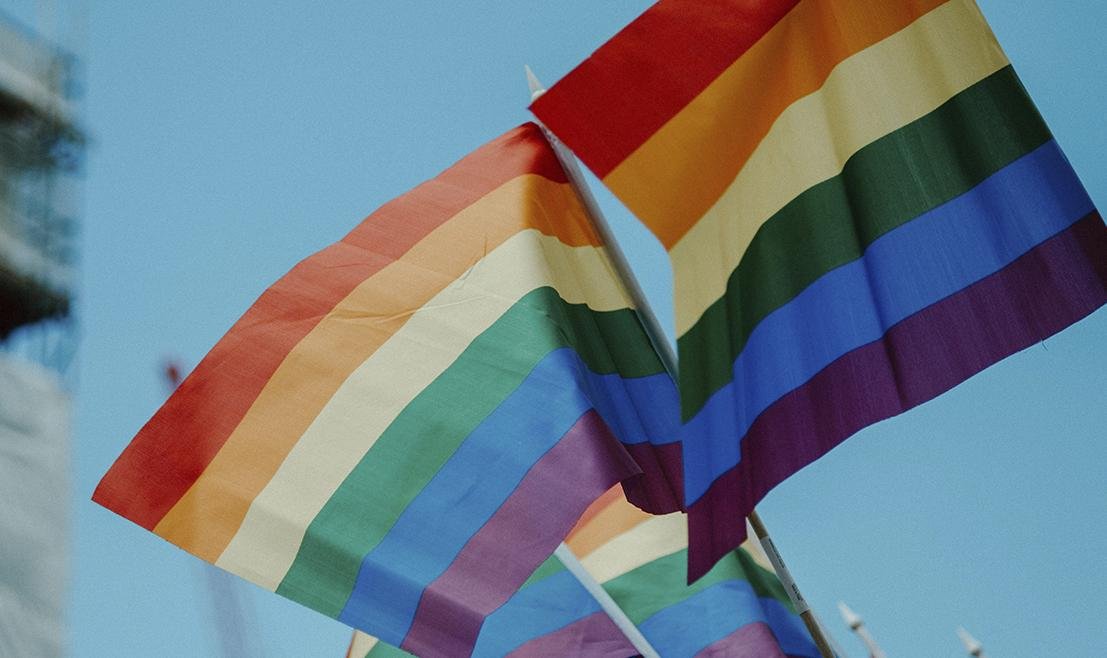according to the information secure network, took place 5347 anonymous reports crimes and violations involving LGBTphobia The data shows that 66% of the pages reported about biased information were removed from the internet during the year.
The organization, which received complaints of crimes and violations of human rights, said that violations related to LGBT groups continued to increase, even increasing by 1% compared to last year. Last year’s complaints refer to 3479 websites and have already helped remove more than 2300 pages, or about 66% of complaints received.
According to Digital Law expert Valéria Check, the content of pages, such as hate posts on social networks, is what constitutes the crime. Therefore, if a person feels offended, they have up to 6 months to “take appropriate criminal action” – any discussion, comment or posting on the internet can cross the legal limit of freedom of expression.
Crime can result in imprisonment
“Anyone who practices, encourages or incites discrimination or prejudice on the basis of color, ethnicity, sexual orientation or gender identity is punishable by 1 to 5 years in prison. But it is essential that cases be brought to justice so that crime does not go unpunished, because all crimes on the Internet are real crimes and have consequences,” it said in an official statement.
It is important to underline that the information in the complaints must be open with a minimum of data, as stated by the São Paulo Public Ministry, so that the investigation can be carried out by the Bodies authorized bodies. False reports are also considered a crime.
Guidance on how to report LGBTphobia online
In addition to the steps below, victims should seek advice from an expert lawyer.
1. Prove that truth exists
The first step is to prove that the truth exists, and therefore all evidence must be gathered to help prove the crime or violation. Since most content on the Internet can be easily deleted or edited, three steps must be used: collecting, separating and protecting using appropriate techniques.
Use a digital evidence capture platform such as Verifact to capture screenshots of the content using forensic techniques, along with collecting various other important information to prove the authenticity of the content.
2. Find out who is posting the truth on the internet
If the author of the content is not identified, it is necessary to research and gather evidence to prove the authorship of the publication. The internet can be a good tool to find the criminal’s data, as users leave traces scattered all over the internet.
3. Where to report
Victims can choose to report the incident on a social network and remove inappropriate content or ask the site administrator. It is also possible to report to any Civil Police station – in the case of the São Paulo police, it is possible to register online. Safrtnet channel is also available for anonymous reporting of crimes and violations against Human Rights over the Internet.
Source: Tec Mundo











